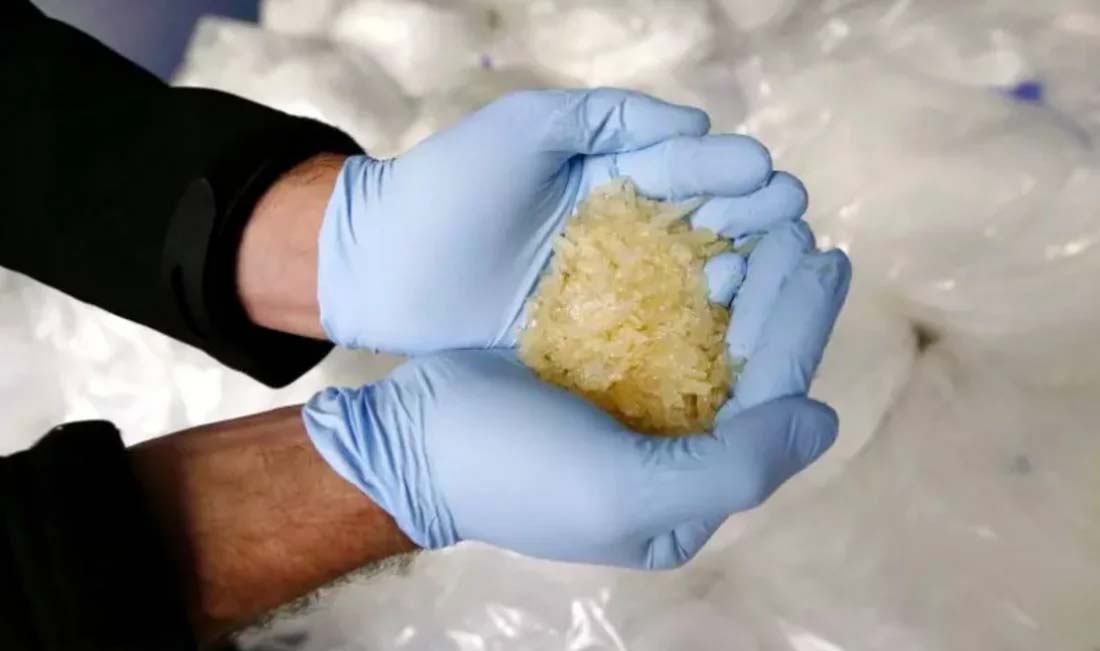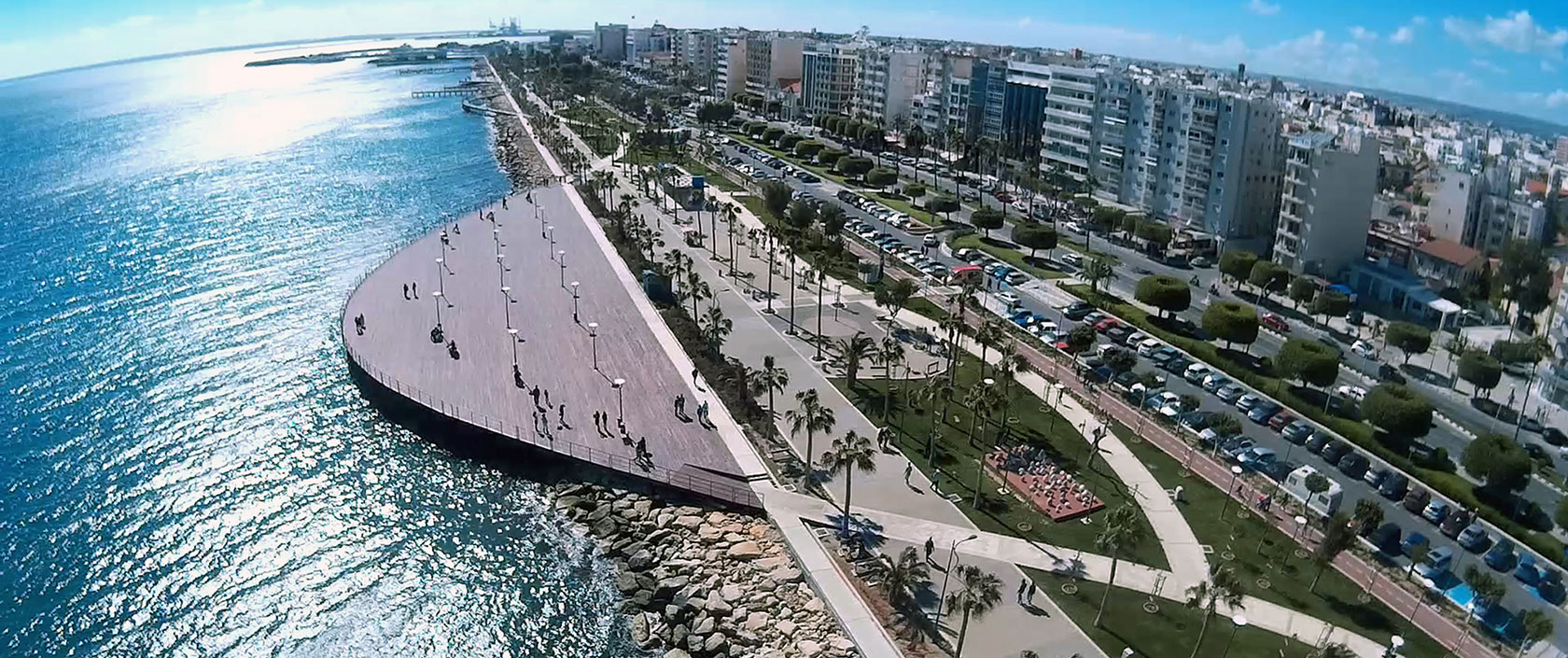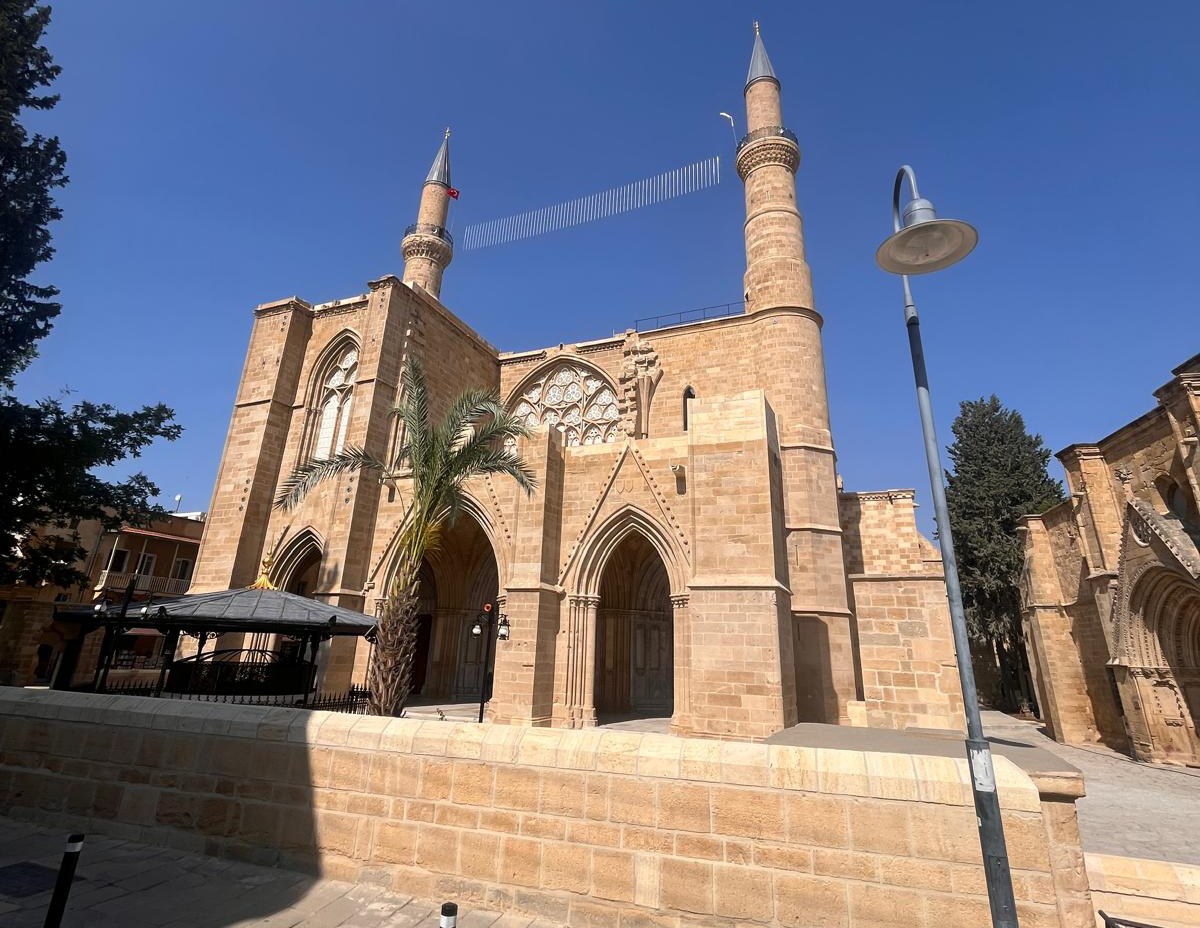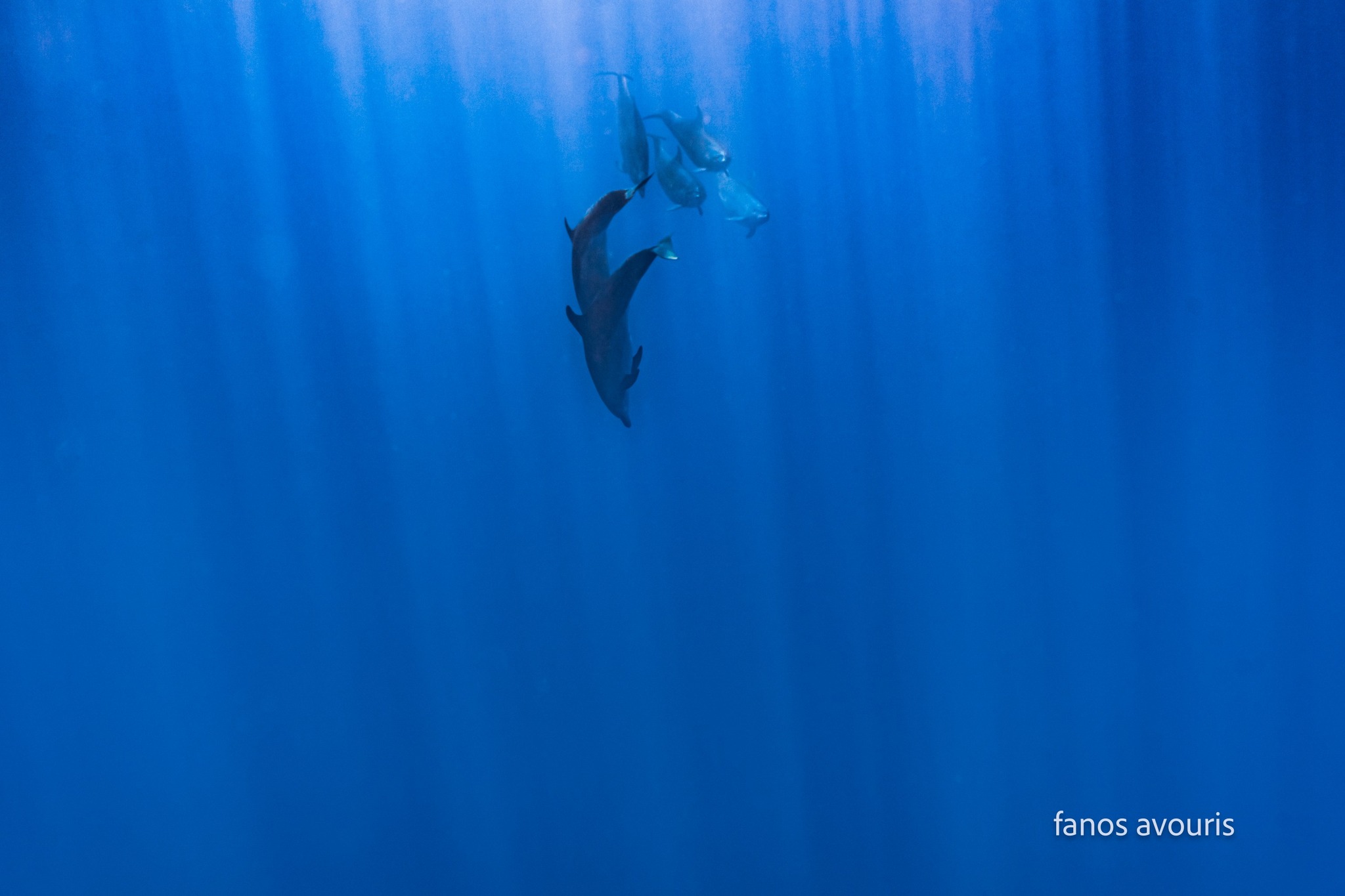Why are there so many programmes for drug addiction? And do they even work?
It’s every parent’s nightmare – and not just parents, either. Your child (or spouse, or friend, or loved one) is an addict. They’re in the grip of something and unable to shake it, their personality falling apart before your very eyes. What do you do?
The worst-case scenario is when the addict doesn’t recognise they have a problem. “It’s very important to have developed what we call internal motivation,” Konstantinos Stylianou, executive director of the Cyprus National Addictions Authority (NAAC), told the Cyprus Mail.
Forced treatment, usually as a result of a family intervention, rarely works. The one exception is the law that allows young offenders (23 and under) arrested for drug possession to be offered treatment as an alternative to prison – presumably because the addict has no choice but to buckle down, in that case.
What do you do when your loved one refuses to help themselves? The first step is to call 1402, the NAAC helpline, where any interested party can seek advice – not just for the person in trouble but also themselves, on how to handle the stress of trying to steer someone off a self-destructive path.
That’s also the number to call when an addict does decide to seek help – in which case they may be surprised by the profusion of treatment options available to them.
An official booklet lists about 30 detox, rehabilitation and ‘substitute substances’ programmes island-wide, not counting another dozen or so focusing on prevention – and even that doesn’t count programmes like ‘Sport for All’, which have no explicit link to addiction but are clearly intended to channel young people’s energy in more wholesome ways.
Why so many programmes? And do they even work?
One obvious reason is that each district has its own treatments, to ensure they’re easily accessible. Another difference is that some – like Reto Cyprus and Ayia Skepi in Nicosia, or Anosis in Limassol – are in-patient structures, whereas others (actually most) allow the addict to continue living normally, outside the centre, as long as they attend a number of times per week.
Some programmes are aimed at adolescents, others at adults. Some deal in legal addictions, others in illegal substances.
Thus, for instance, Themea in Nicosia is largely for addiction to alcohol and prescription drugs. Pharos Centre in Paphos is “for the prevention and treatment of problematic and pathological gambling”, especially online gambling.
Others, like Sosivio in Limassol and Diavasi in Larnaca, are specifically for users of heroin or other opioids – the latter including crystal meth, which is worryingly prevalent on the island.

“Cyprus is actually very low, compared to the rest of Europe,” says Stylianou, asked about the scale of the problem. Meth, however, is unusual, in that it’s not very common in most of the EU but comes third on the list of illegal drugs here – well below cannabis and marginally below the similar (but more expensive) cocaine.
That said, reliable statistics are hard to come by. The NAAC data gives the number of treatments for illegal substances: 1,465 in 2023, the highest ever – though of course representing just a small fraction of all addicts.
No-one really knows how many drug addicts we have – but alcohol, being a legal drug, comes with more data. 5.7 per cent of the population are “addicted to alcohol,” Elena Zarouna, director of the NGO Kenthea, told the Cyprus Mail.
That’s around 60,000 – which, if you multiply by a factor of two or three to include immediate family, makes over 150,000 people whose lives are blighted by addiction. And that’s just alcohol.
The 1,465 treatments recorded in 2023 make for interesting reading. 556 were for cannabis use, 305 for cocaine, 288 for opioids. One striking detail is that the vast majority (88.5 per cent) of those treated were male.
The mean age for ‘first use of primary drug’ (many take more than one drug) is 20.72 years – but the mean age for ‘first demand for treatment’ is 26.9 years, meaning that it takes about six years, on average, for drug use to go from recreational to such a big problem that the user decides to seek help.
Again, though, a major impetus in seeking help is whether an addict believes they can be helped. How effective are all these programmes?
Note, after all, that the system in Cyprus is very centralised. There are indeed dozens of programmes – “but all are certified and/or funded by us,” says Stylianou. “Nothing operates in Cyprus without the permission of the Authority”.
That may be more efficient, but also makes it harder to find outside-the-box, experimental treatments, the kind aimed at ‘problem’ patients who may have been failed by the system.
“There’s a treatment guide issued by the Authority,” explains Zarouna, “which contains certain criteria… For a programme to obtain an operating licence, it must follow the quality criteria, which are scientifically proven.”
The treatments at the units under the Kenthea umbrella are based on “motivational interviewing” (a counselling approach developed by clinical psychologists Rollnick and Miller), as well as other behavioural techniques and psychological theories. Most of the programmes in Cyprus use a similar approach.
It’s scientific, yet also a paradox. Addiction experts are at pains to stress that “every case is different” – yet they all get approached with the same tools. What happens to those who don’t respond to this method?
The main exception here is Reto Cyprus – part of a network (originally from Spain) that now operates in 35 countries, which perhaps explains why its slightly unusual methods were given the go-ahead by the NAAC.
“Our basis is the Bible, the Word of God,” explains 47-year-old Giorgos Christopoulos, a heroin addict for 12 years (from 15 to 27) before being rescued by Reto.
It’s an in-patient programme, requiring participants to live in the community for between eight and 18 months. The counsellors (like Christopoulos) are all ex-addicts, while the emphasis is on work – the communal hub is a secondhand shop in Engomi where everyone works at transporting, fixing or selling things – and nightly prayer.
The point isn’t really religion; it’s imbuing broken lives with purpose (including a higher purpose). After all, what’s behind the rise in substance abuse? Zarouna mentions some of the usual suspects – poverty, broken families, music (like trap music) that promotes drug use, the role of the internet – but also cites people’s disillusionment at the entropy and corruption in today’s society.
“Addiction,” says Stylianou, “is always a symptom” – and what it’s symptomatic of, more broadly, is a sense of being rudderless and lacking purpose, especially among the young.
Addiction is a complex problem. It’s a social problem. It’s also a long-term problem. It’s defined as “a chronic relapsing disorder,” notes Zarouna, who’s reluctant (like all the experts we talked to) to put a number on the success of these programmes.
More than half, maybe 70 per cent of participants will be helped, she believes – but it all depends on how you define success. Some may quit altogether. Others may reduce their dependence, or find techniques to deal with it better. And many will later relapse, that goes without saying.
“Drug addiction isn’t like an illness, where you take some medicine and it goes away,” concludes Stylianou. “It’s a permanent condition.
“For example, I’m an ex-smoker. My addiction – my dependent relationship with tobacco – remains, even though I haven’t smoked in 15 years.” You escape, yet the grip never slackens.







Click here to change your cookie preferences